Learning Japanese is Easier Than You Think
/People LOVE to say that Japanese is difficult. Like all languages it has its challenges - but it also has some key things that make it easy peasy.
1. Pronunciation
The Japanese phonetic system is pretty simple - much simpler than many other languages. Each hiragana character has one - and only one - sound. For example, ら / ラ / ra always sounds the same, no matter what word it’s in:
ラ ム ネ
ra mu ne
ど ら え も ん
do ra e mo n
Compare that to English, where “meat” and “bread” have the same letters “ea” in the middle, but with totally different pronunciation.
And, unlike Mandarin or Cantonese, there are no tones* in Japanese! Hurray!
*Japanese does have pitch accent. Put simply, all syllables in Japanese are either high-pitched or low-pitched. But this is much simpler than tones in Chinese languages. If you’d like to learn more about Japanese pitch accent, I really recommend the Japanese Phonetics by Dogen series on YouTube.

2. Loanwords
Japanese has thousands of words borrowed from other languages - and most of these modern loanwords come from English. How do you say "ice cream” in Japanese? AISU KURIIMU. Tennis? TENISU. Smartphone? SUMAATOFON.
So there’s a whole bank of Japanese words that you already know. Well done you.
↓ Words like "biiru"

3. Straightforward grammar
Japanese word-order has a certain Yoda-like quality at times:
わたしはコーヒーを飲んでいます
watashi wa koohii wo nonde imasu
I, coffee am drinking
BUT making simple questions in Japanese is dead easy. You take your sentence:
日本に行きます
nihon ni ikimasu
I go to Japan
and stick the magical question word “ka” on the end:
日本に行きますか
nihon ni ikimasu ka
Will you go to Japan?
No need to change the word order. Just add か.
Let’s try that again!
これはたこやきです
kore wa takoyaki desu
This is takoyaki.
これはたこやきですか
kore wa takoyaki desu ka
Is this takoyaki?
Making simple Japanese questions - as easy as adding “ka”.

4. Particles
Particles are short Japanese words that connect parts of a sentence together. They turn a sentence like “I study home evening” into one that sounds like “I study at home in the evening”.
But I’m going to let you in on a secret.
If you don’t know what particle to use, 90 percent of the time you can get away with not using one at all.
People will still know what you mean - and Japanese people drop particles in speech half the time anyway.
That’s not to say you shouldn’t learn how to use particles (it’s good to know the difference between いぬがたべる “the dog eats” and いぬをたべる “I eat my dog”). But remember: you will still be understood without them.

5. No articles…and no plurals!
Japanese doesn’t have equivalents to the English “a” or “the”. There’s no need to say “where is THE book?” in Japanese. You can just say:
ほんはどこ?
hon wa doko?
Where is book?
AND there are no plural forms.
りんごがあります
ringo ga arimasu
I have an apple / some apples
See? The Japanese language. Easier than you thought.
What do you find easy (or difficult) about learning Japanese? Let me know in the comments!
First published November 20, 2015
Updated September 17, 2019
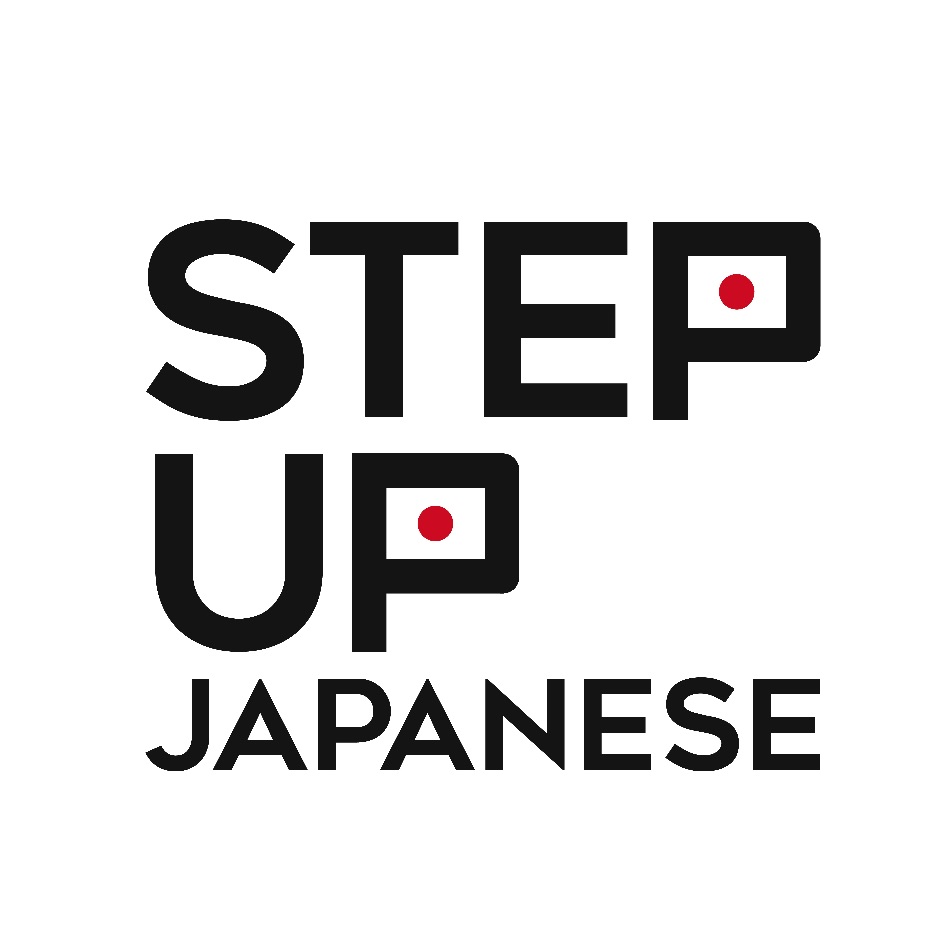

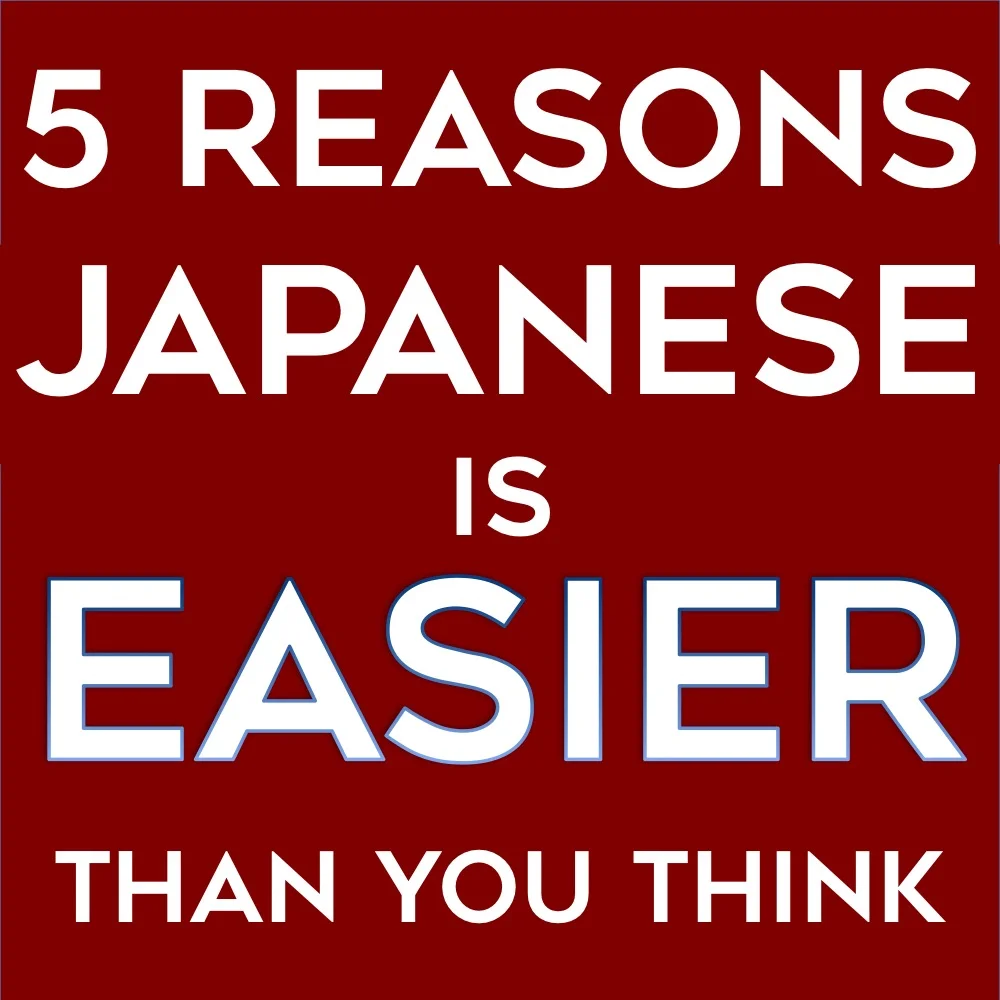



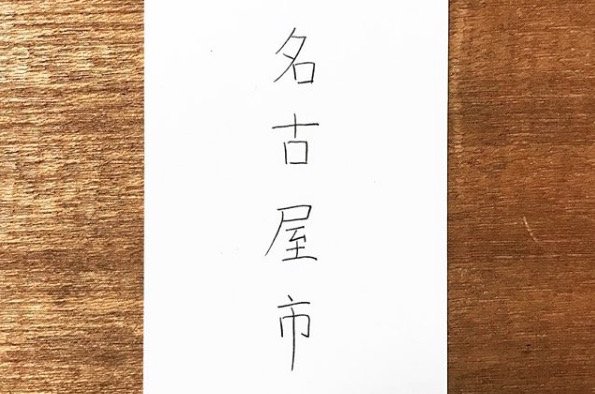

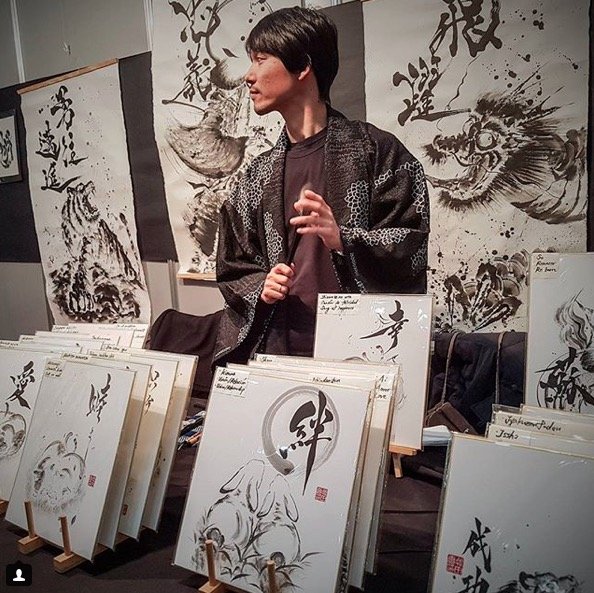
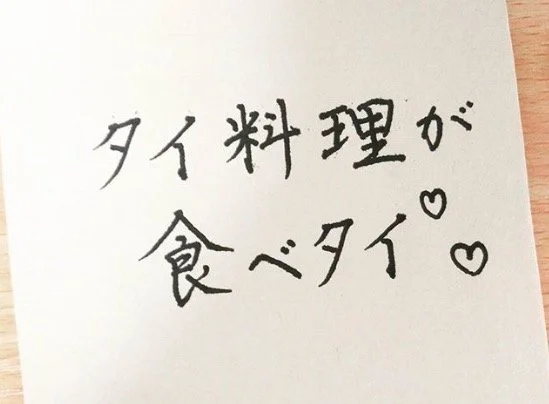

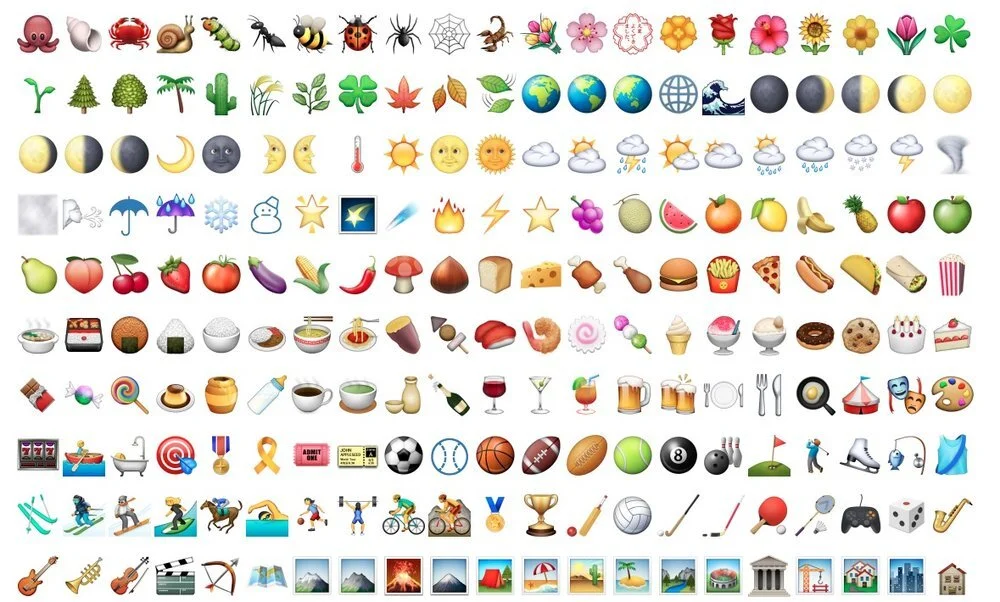





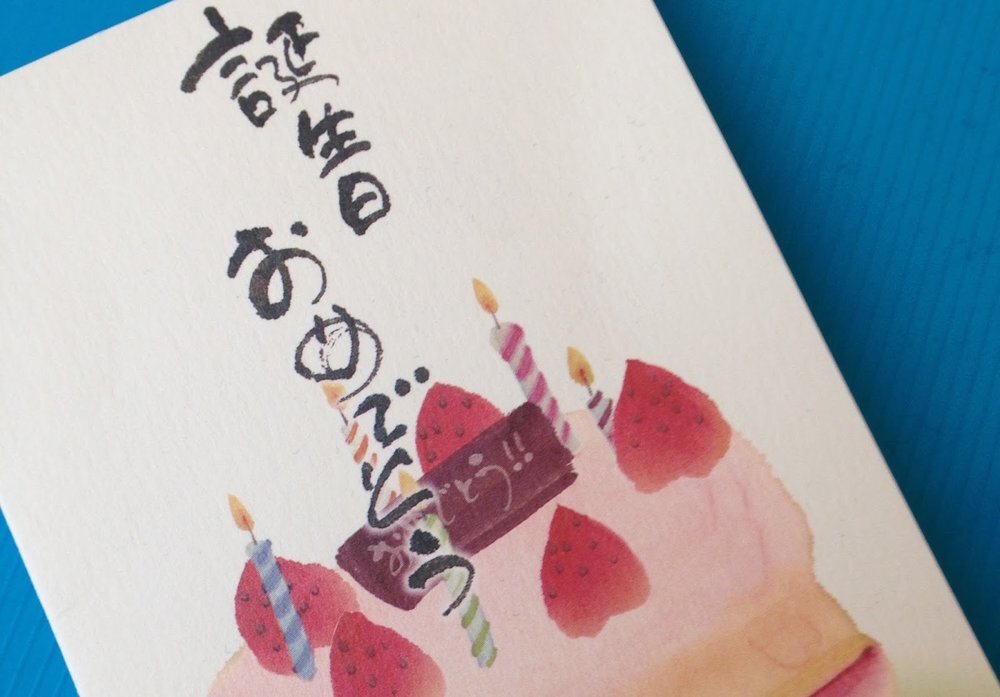




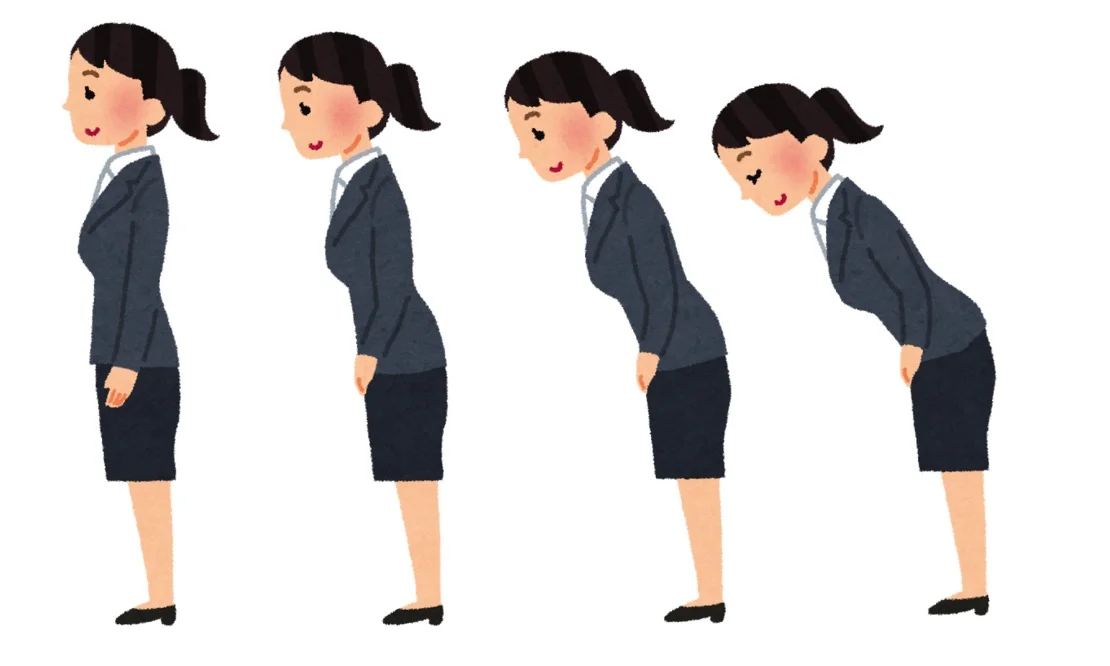









Like many people in the UK, I studied French in school. I liked French. I thought it was really fun to speak another language, to talk with people, and to try and listen to what was going on in a new country. (Still do!)
When I was 14 we went on a school exchange to the city of Reims, in northeastern France. I was paired with a boy, which I’m sure some 14-year-olds would find very exciting but which I found unbearably awkward. He was very sweet and we completely ignored each other.
That was nearly 20 years ago, and I didn’t learn or use any more French until, at some point in lockdown, I decided on a whim to take some one-to-one lessons with online teachers. Here are some things I learned about French, about language learning, and about myself.